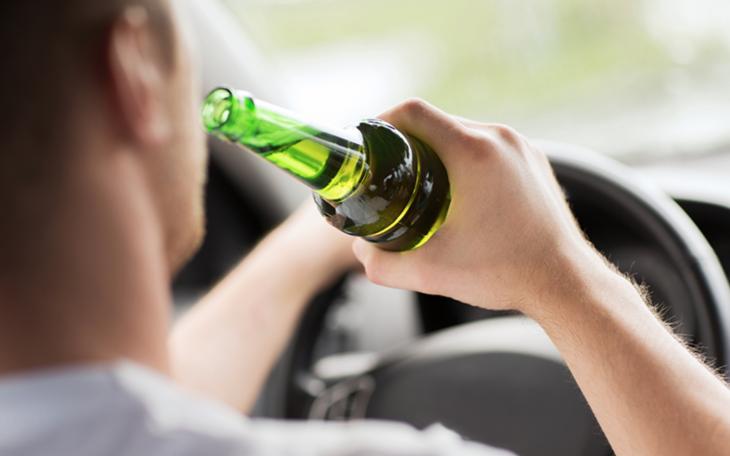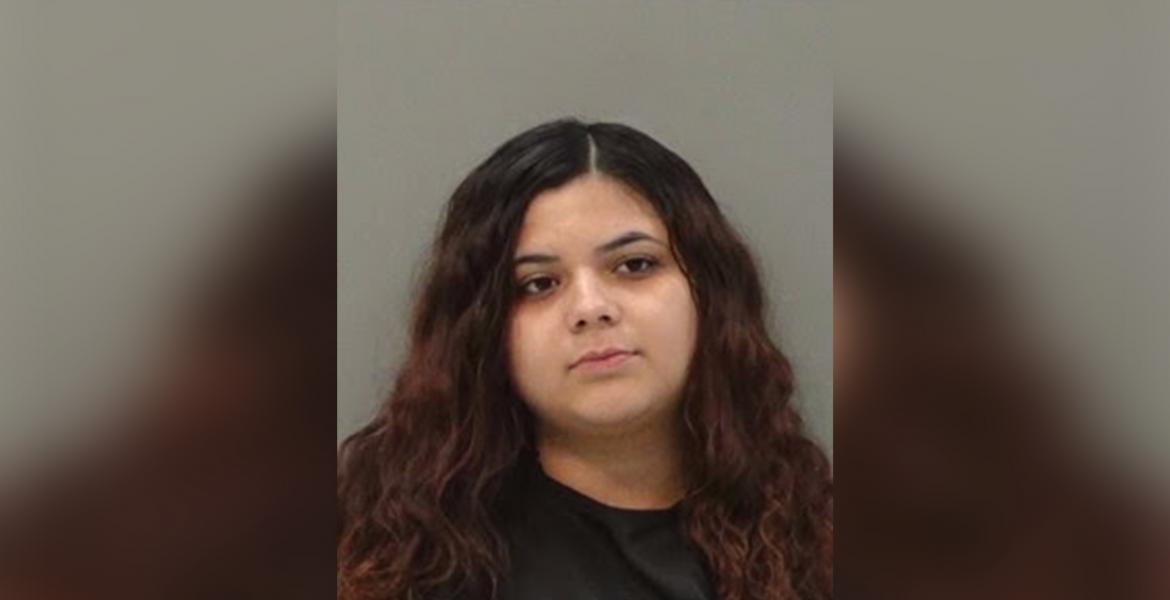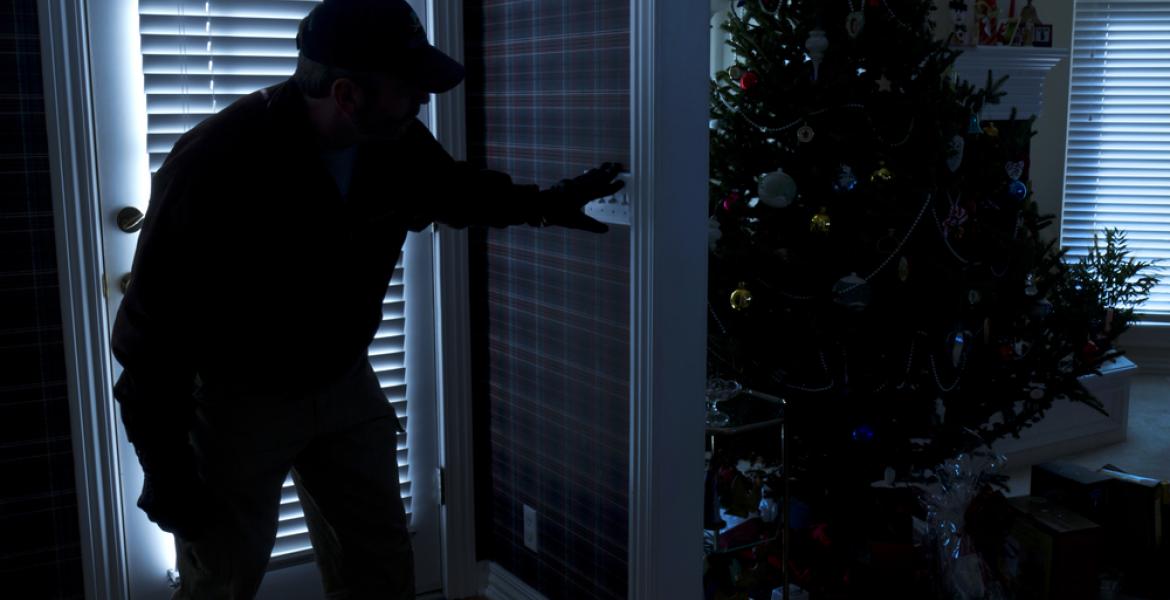SAN ANGELO, TX – After yesterday’s jury selection for Stephano M. Culbreath’s murder trial (see here), the selected jurors began their second day in court with opening statements from both District Attorney Allison Palmer and Defense Attorney Jessica Skinner. Culbreath, however, was nowhere to be seen.
Today’s court started with the swearing in of seven witnesses for the state and one for the defense in Judge Ben Woodward's court. The proceedings began with the overruling of the State's request for the victim’s mother to be in the courtroom while witnesses gave their testimonies. The defense then requested for their witness to be “exempt” and allowed to stay in the court. Defense Attorney Skinner claimed that their witness “is important to us to defend Mr. Culbreath.”
Palmer replied that she had concerns that the witness “could perhaps be influenced” from the numerous witnesses he would be able to listen to. However, Judge Woodward allowed it after Skinner claimed that the witness was an “expert in crime scene investigations.”
Palmer began her opening statement with a brief overview of the case. She explained that, at “approximately 5:50 a.m. on July 25, 2015, near the crossing of 13th Street and MLK, David Titus was shot and killed.” Palmer further explained that a green bicycle was found near Titus’ body with a “small defect.”
However, Palmer advised the jurors that the “minor damage to the driver’s side of the front bumper” found by “DPS does not confirm” if “that bumper hit Titus’ bike,” but “other evidence” that she will bring to their attention will make up for this loss in proof.
Palmer made sure to continually remind the jurors “to listen carefully” to everything presented during the trial.
Afterwards, Skinner took the floor.
“If you don’t get square one right, two, three, four, five, and six won't [be right] either … By 8 a.m. Stephano Culbreath was a Person of Interest; by 10 a.m. [police officers] had Stephano in custody. The only thing they knew that they had was a man on the floor.”
She added that the investigators “never looked back," and "very early on Culbreath was their only [suspect].”
“There were no eye witnesses; they didn’t stay flexible; they didn’t keep an open mind,” Skinner said.
She reminded the jury that the only reason why Culbreath was even considered a suspect was because he was “driving by a crime scene.”
“You heard Palmer say [there] was no match [between] bumper and bike. They took a turn and never looked back,” Skinner said.
Skinner further called investigators and state attorneys “biased,” and said they were running this case on “guesses only."
Following the attorney’s opening statements, Kenneth Dye II was called as a witness. As members of the San Angelo Criminal Investigation Unit, Dye has had 16 years experience when it comes to dealing with criminal investigations.
For over two hours, Dye answered Palmers questions to his qualifications, his initial observation at the crime scene, as well as his acknowledgement of submitted evidence.
Dye told the court that Sergeant Doug Thomas asked him to “respond to a homicide” near the corner of 13th Street and MLK on the morning of the 25th of July in 2015. He added that he had observed “a large amount of blood” and “a cartridge case” near the subject.
Dye added, “I observed that he had a perforated wound.”
He also observed “the victim had blood spatter on his [right and left] hand area.” Dye noted that neither he nor anyone else ever found the murder weapon.
The morning ended with Skinner questioning Dye about specifics of blood patterns and size of blood drops and spill in exhibit photos submitted by Palmer. Skinner also noted that Palmer had only brought to the jurors' attention of four distinct marks to Culbreath’s vehicle when, in fact, evidence shows that there were at least seven marks. She also noted that there were more scuff marks on the car than previously announced by Palmer.
After Dye gave his testimony, court recessed for lunch.
Upon return, the trial proceeded without jurors in the courtroom. Culbreath appeared in his three-piece suit and eyeglasses and sat at the end of the table, next to his attorneys.
For some time, Palmer questioned DPS Forensic Investigator Chris Chany. Chany drove in from Austin to be a witness in both this trial and another taking place this week. In both cases, he had to explain the process of GSR, or the process of determining gunshot residue.
He explained his 30-year background in forensic testing, and the process of what the lab does in regards to labeling and safety measures. He also explained the testing he conducted in this case.
He told Palmer one piece of evidence could not be tested, which was the one taken from Culbreath's skin. The reason being it was done after the four-hour window required by DPS procedures. Two other pieces of evidence tested negative for residue, while Culbreath's shorts tested positive. A jersey belonging to a Mr. Beaty (spelling not confirmed) also tested positive for residue.
Chany, in detail, had to cover step-by-step how the testing of the material is conducted, and explained that the problem with testing gunshot residue is it's very lightweight and easily transferable. It can wash off easily, or travel as far as 20 to 30 feet. There are two ways of testing the residue, which is through the gunpowder component or the primer. In this case, Chany did the test using the second method.
Palmer also asked Chany about the difference between presumptive gunshot residue testing and GSR, and Chany mentioned the issues with presumptive testing. According to court documents, the presumptive gunshot residue test conducted by a SAPD Crime Scene Technician was positive for Culbreath.
After Chany answered all of Palmer's questions, Skinner said she had objections to aspects of Chany's testimony because she felt it would cause unjust bias towards the defendant without definitive evidence, especially in the aspect of presumptive gunshot residue testing. Palmer justified where his testimony would be used, so Judge Woodward took a recess to consider the issues.
Upon his return, he told Skinner he would note her objections, but they were overruled. Thus, the Bailiff brought in the jurors, and Mr. Chany had to go through the entire process of explaining GSR and his testing of the materials once more in their presence. A few of the jurors started to dose off as Chany explained the scientific methods used to test Culbreath's clothing and his SUV.
LIVE! will continue to provide updates on this trial.
Brandy Ramirez contributed to this article.
Subscribe to the LIVE! Daily
Required






Post a comment to this article here: